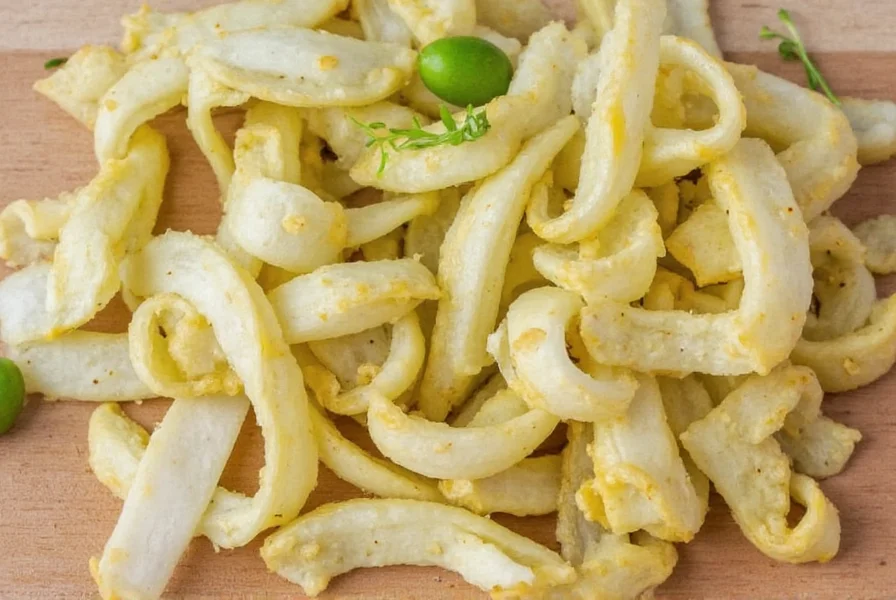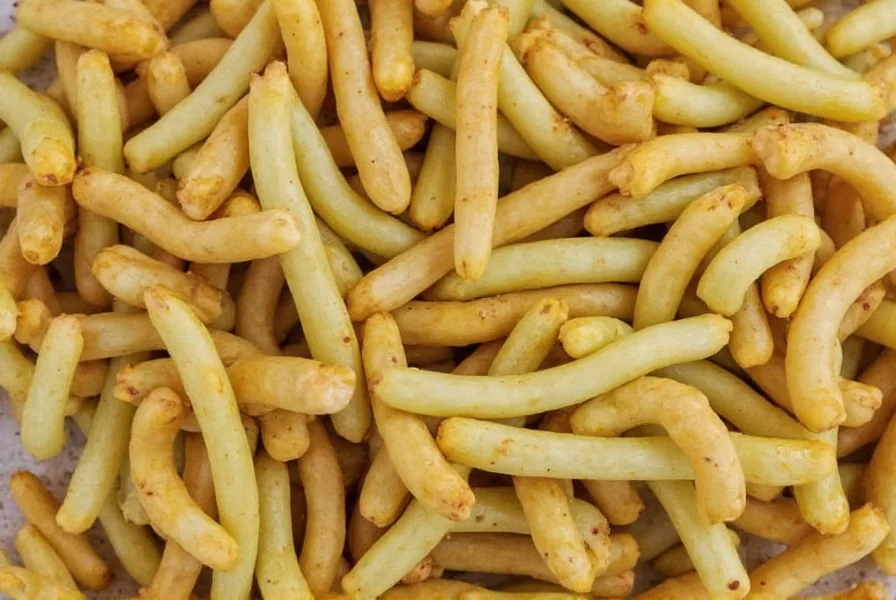When you encounter finocchio at your local market or in Italian recipes, you're looking at one of culinary history's most versatile vegetables. This unique member of the carrot family offers a refreshing crunch and subtle licorice notes that enhance both raw and cooked preparations without overwhelming other flavors.
What Exactly Is Finocchio?
Finocchio, often called bulb fennel or sweet fennel in English-speaking countries, features a pale green to white bulbous base that forms just above the soil line. The entire plant is edible:
- Bulb - The primary edible portion with crisp texture
- Stalks - Tender enough to use like celery
- Fronds - Delicate feathery greens that serve as herb garnish
- Seeds - More potent than the bulb, used as spice
Understanding finocchio vs regular fennel is crucial: while wild fennel grows as a weed with thin stalks primarily valued for its seeds, finocchio is specifically cultivated for its swollen, juicy bulb. This distinction matters when following authentic Italian finocchio recipes that rely on the bulb's unique texture.
| Characteristic | Finocchio (Florence Fennel) | Wild/Common Fennel |
|---|---|---|
| Primary Use | Vegetable (bulb) | Herb (seeds/fronds) |
| Bulb Size | 3-5 inches diameter | Minimal or none |
| Flavor Profile | Mild anise, sweet | Strong licorice |
| Culinary Application | Salads, roasting, braising | Seasoning, tea, flavoring |
Selecting and Storing Finocchio
When shopping for where to buy finocchio, look for bulbs that feel heavy for their size with crisp, bright white layers and vibrant green fronds. Avoid specimens with brown spots, splits, or flowering stalks, which indicate maturity and potential toughness.
Proper storage extends freshness significantly. To maximize shelf life:
- Remove any rubber bands or ties
- Cut off fronds (store separately in a damp paper towel)
- Wrap bulb in slightly damp paper towel
- Place in airtight container in refrigerator crisper
- Use within 5-7 days for optimal flavor and texture

Nutritional Benefits of Finocchio
Understanding finocchio nutritional benefits reveals why this vegetable deserves regular rotation in your diet. A single cup (135g) of raw finocchio provides:
- 73% of daily vitamin C requirements
- 10% of potassium needs
- Significant dietary fiber (4g)
- Antioxidants including flavonoids and phenolic compounds
- Negligible calories (47 per cup)
Research suggests these compounds may support digestive health, reduce inflammation, and provide cardiovascular benefits. The anethole compound responsible for finocchio's distinctive flavor shows potential anti-inflammatory properties in preliminary studies.
Culinary Applications and Preparation
Mastering how to prepare finocchio bulb unlocks its culinary potential. Start by trimming the root end and slicing the bulb vertically. The tough outer layer may need removal if damaged. Slice thinly for salads or cut into wedges for roasting.
One of the most valuable techniques for how to cook with finocchio involves understanding its flavor transformation when heated. Raw finocchio offers crisp texture and pronounced anise notes, while cooking mellows the flavor and develops natural sweetness. Try these preparation methods:
- Raw - Shaved thin in salads with citrus and bitter greens
- Roasted - Toss wedges with olive oil at 400°F until caramelized
- Braised - Cook with stock and tomatoes until tender
- Grilled - Slice horizontally and grill for smoky notes
- Poached - Gently cook in broth for delicate preparations

Popular Finocchio Dishes Across Mediterranean Cuisine
Traditional Italian preparations showcase finocchio's versatility. In Tuscany, finocchio alla Veneziana features thinly sliced bulb braised with onions and white wine. Southern Italian cuisine often features finocchiona, a fennel pollen-infused salami that complements fresh finocchio salads.
For home cooks exploring Italian finocchio recipes, consider these classic preparations:
- Insalata di Finocchio - Shaved fennel with orange segments, red onion, and olive oil
- Finocchio al Forno - Baked fennel with breadcrumbs and Parmesan
- Zuppa di Finocchio - Creamy fennel soup with potato and leek
- Finocchio Carpaccio - Paper-thin slices with truffle oil and pecorino
Substitutes When Finocchio Isn't Available
If you're wondering what to use instead of finocchio, several alternatives work depending on preparation method:
- For raw applications: Celery plus a pinch of fennel seeds
- For cooked dishes: Anise bulb or mild leeks
- For texture: Jicama or crisp pear (though flavor differs)
- For flavor profile: A combination of celery and dill
Remember that no substitute perfectly replicates finocchio's unique combination of texture and flavor, but these alternatives can work in a pinch for specific recipes.
Frequently Asked Questions
Is finocchio the same as fennel?
Finocchio is a specific variety of fennel (Florence fennel) cultivated for its bulb, while common fennel typically refers to the wild variety grown for its seeds and fronds. All finocchio is fennel, but not all fennel is finocchio.
Can you eat the entire finocchio plant?
Yes, the entire finocchio plant is edible. The bulb serves as the main vegetable component, the stalks can substitute for celery, the feathery fronds work as a fresh herb similar to dill, and the seeds provide a more potent flavor for seasoning.
Why does my finocchio taste bitter?
Bitterness in finocchio usually indicates it's past peak freshness or was exposed to excessive heat during growth. The core can sometimes be more bitter than the outer layers. To reduce bitterness, try soaking sliced finocchio in ice water for 15-20 minutes before use, which also enhances crispness.
How do you remove the tough outer layer from finocchio?
Peel the tough outer layer of finocchio using a vegetable peeler or sharp knife, similar to preparing celery root. Start at the root end and work toward the top, removing only the discolored or damaged portions. Fresh finocchio often requires minimal peeling if purchased at peak quality.











 浙公网安备
33010002000092号
浙公网安备
33010002000092号 浙B2-20120091-4
浙B2-20120091-4